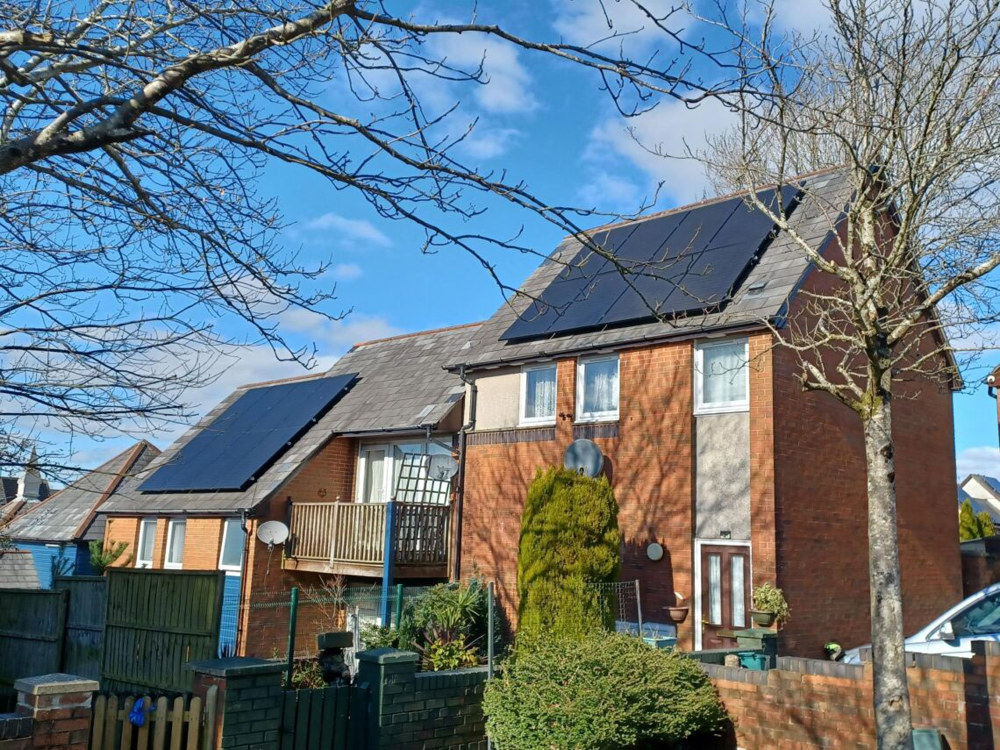-
Our Expertise
Featured

Granting wishing
Read more
-
Our Services
-
-
Our Story
Search
At Sureserve, we are committed to helping our clients maximise their efforts in providing safe and sustainable homes for their residents.
further funding
The Warm Homes: Social Housing Fund Wave 3 (WH:SHF) is a key initiative in this mission, aimed at upgrading social housing properties across England that currently fall below the Energy Performance Certificate (EPC) band C.

To date, the government has allocated over £1 billion to boost energy efficiency and reduce carbon emissions. Under the upcoming WH:SHF wave 3, a further £1.25 billion will be available. The WH:SHF presents a vital opportunity for housing providers to enhance their properties, improve residents' quality of life, and contribute to a greener future. As your trusted partner we have compiled essential information about the WH:SHF, including its purpose, eligibility criteria, and the application process, to guide you in making the most of this funding.
The WH:SHF (formerly known as the Social Housing Decarbonisation Fund) is a fund to improve the energy performance of social homes in England by helping the adoption of energy efficiency measures, low carbon heating systems and renewable energy.
The aim is to upgrade social housing properties that are currently below the Energy Performance Certificate (EPC) band C up to standard.
The WH:SHF will help by supporting the installation of energy performance measures within social housing properties across England and by assisting with the promotion of decarbonised heating systems. The aim of the fund is to:
Eligible measures include energy efficiency and heating measures compatible with the Standard Assessment Procedure (SAP), excluding heating systems which are solely fuelled by fossil fuels.
These include interior and exterior wall installation, cavity wall insulation, loft installation, underfloor insulation, new windows and doors and draft proofing measures, as well as low carbon heating such as heat pumps and renewable energy generation via solar photovoltaic (PV) panels.
In terms of standards, measures installed must adhere to PAS 2035 and be installed by a certified PAS 2030 or Microgeneration Certification Scheme (MCS) installer which is Trustmark registered.
Wave 3 funding is now open for applications, it will close at midday on 25 November 2024.
All grant funding for WH:SHF Wave 3 projects must be transferred to the grant recipient and spent by 31st March 2028, and delivery on all projects must be completed by 30th September 2028, meaning projects can only use co-funding in the final 6 months of delivery.
The WH:SHF Wave 3 is open to:
There are two routes to access funding under WH:SHF Wave 3: the Challenge Fund and Strategic Partnerships.
The Challenge Fund is the expected route for most applicants and the minimum number of homes required is 100.
The Strategic Partnerships route is open to applications of significant scale, expected to be over 4,000 homes. The lead applicant for Strategic Partnerships must have experience of delivery under a previous wave of WH:SHF.
Both routes are open to applications from either individuals or consortia.
All existing social housing properties as defined by the Housing and Regeneration Act 2008 (sections 68-70), below EPC band C, regardless of archetype. Homes retrofitted under wave 1 WH:SHF are eligible for low carbon heating measures, but homes retrofitted in wave 2 are not eligible for any wave 3 funding.
Additionally, 10% of homes can be included which are at or above EPC C and a maximum of 30% of non-social homes (e.g. leaseholders) can be included – both with certain restrictions applied (review the wave 3 guidance for details).
Below is a step by step of how to prepare and apply for the funding.
Step 1 – Eligibility
Step 2 – Determine your application route
Step 3 – Prepare your application
Step 4 – Submit your application
Step 5 – Review and feedback
Once you have submitted your application your documents will be reviewed and evaluated. Prepare to provide additional information where required.
Step 6 – Execution
If your application is successful, you’ll receive funding to start the energy efficiency upgrades.
Support and information regarding the application process, including webinars, courses and one-to-one support are available from RISE – the government funded support service for the WH:SHF.
For the most up to date information, application dates and details please visit the GOV.UK website here.
Finally, please speak to Sureserve if you would like any guidance on your application. We have supported retrofits of several thousand homes under previous waves of the WH:SHF and our team has a detailed understand the application and delivery process.
Sureserve is your trusted partner, working with you to improve your residents’ housing through management of stock, while working towards net zero targets. Contact us today to find out how we can help you on your decarbonisation journey.